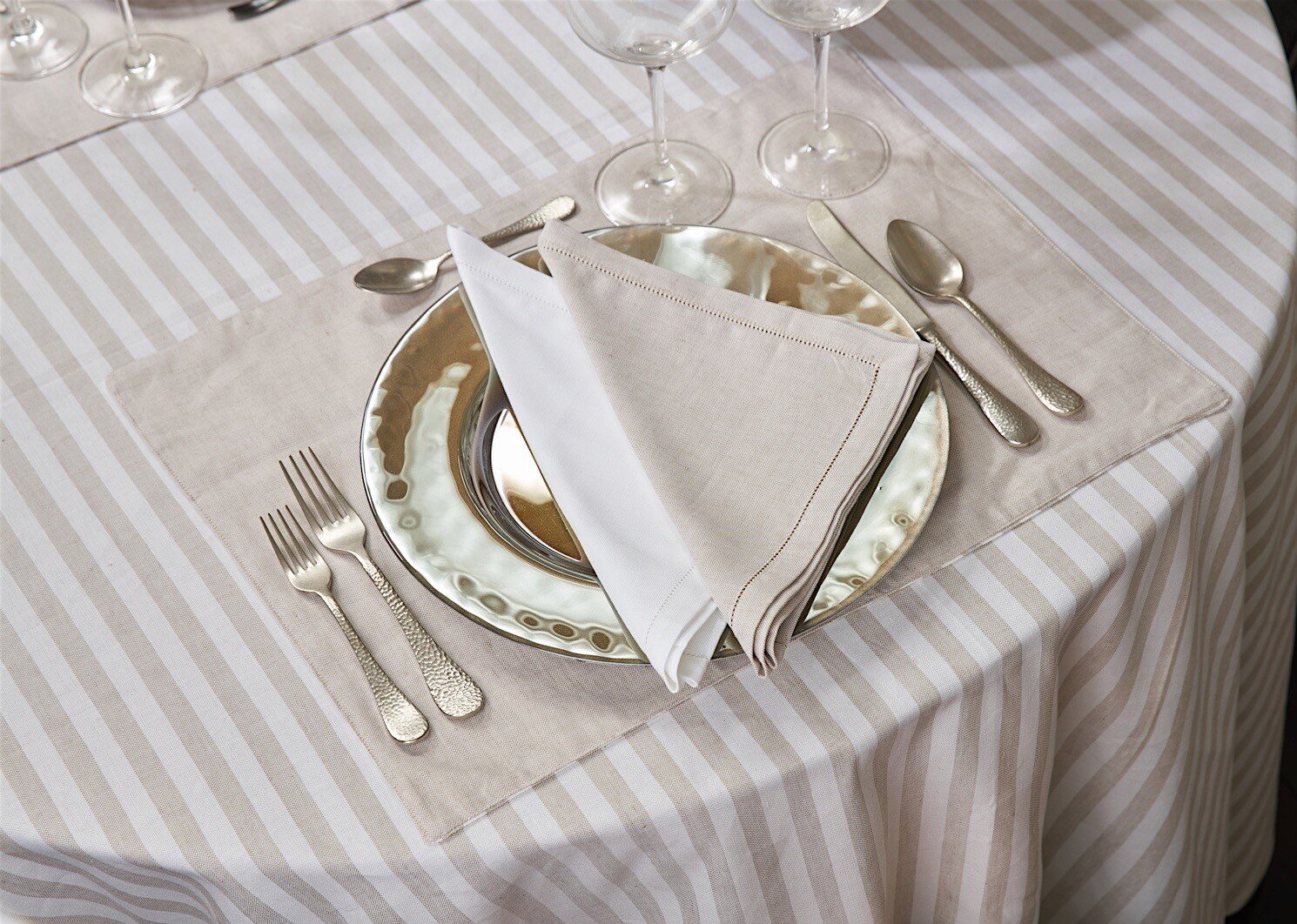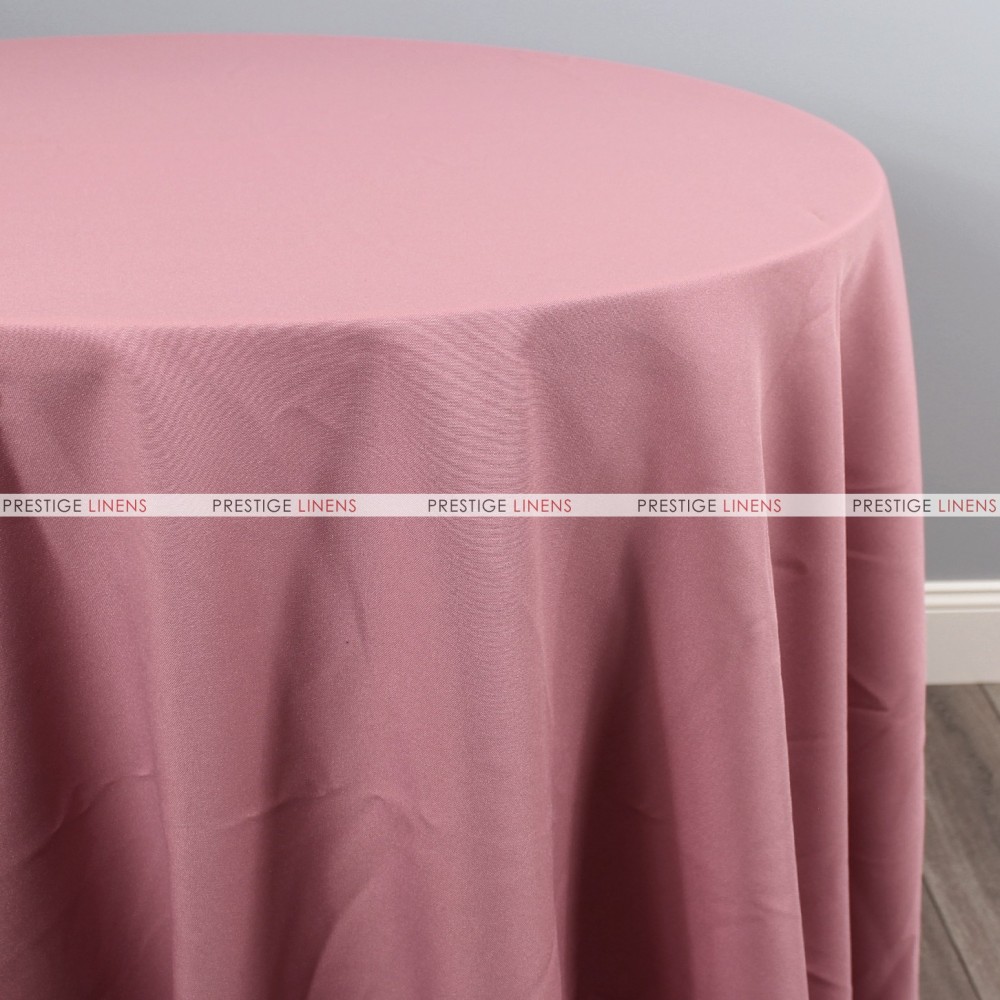Do It Yourself Table Runner Projects: Personalized Layouts for Your Home
Do It Yourself Table Runner Projects: Personalized Layouts for Your Home
Blog Article
Bed Linen Textile Developments: Discovering Modern Trends and Creative Applications in Design and Fabric Sector
From lasting production techniques to advanced weaving innovations, the development of linen is improving the landscape of the fabric sector. As we dig into the realms of creative design applications and the emergence of linen blends and hybrid fabrics, a new phase unravels in which linen's function in future fabric developments takes facility phase.
Lasting Practices in Linen Manufacturing
Sustainable techniques in bed linen production have come to be progressively crucial in the textile sector's initiatives to minimize ecological effect and promote moral sourcing methods. Linen, a natural fiber obtained from the flax plant, supplies a variety of advantages such as biodegradability, breathability, and resilience. However, traditional approaches of bed linen production can include substantial water intake, pesticide use, and energy-intensive processes.
To resolve these challenges, several fabric suppliers are adopting sustainable techniques throughout the bed linen manufacturing procedure. This consists of sourcing flax from organic ranches that stay clear of unsafe pesticides and chemicals, applying water-efficient retting techniques to remove fibers from the flax stalks, and utilizing environmentally friendly dyes and coatings. Furthermore, some firms are investing in eco-friendly energy sources to power their production centers and minimizing waste with recycling and upcycling initiatives.
Technological Improvements in Bed Linen Weaving
With the growing emphasis on sustainable practices in bed linen manufacturing, the fabric sector is currently seeing a surge in technological innovations especially intended at revolutionizing the art of linen weaving. These innovations are improving the way bed linen textiles are produced, using enhanced effectiveness, high quality, and creative thinking in weaving techniques.
One of the crucial technological improvements in bed linen weaving is the integration of electronic looms. These advanced looms are furnished with software that enables complicated and complex layouts to be woven with accuracy. By digitizing the weaving procedure, makers can attain better uniformity and precision in their bed linen textiles.
In addition, advancements in yarn spinning modern technology have made it possible for the production of finer and even more durable linen threads - table cloths. This leads to softer and smoother bed linen fabrics that keep their high quality even after several uses and laundries
Additionally, the growth of eco-friendly dyeing procedures and coatings for bed linen fabrics is gaining traction. These lasting methods not only decrease the ecological effect however additionally accommodate the boosting consumer demand for morally generated fabrics.
Creative Design Applications for Bed Linen
Innovative creative approaches are progressively forming the creative layout applications for bed linen in the fabric industry. Linen's natural visual appeal and capacity to blend with various other fabrics make it a preferred selection for creating one-of-a-kind garments and accessories that cater to the ecologically conscious customer.
Additionally, designers are explore linen in home design, utilizing its breathable and resilient nature to craft elegant home furnishings such as drapes, bed linens, and upholstery. The texture and drape of bed table cloths linen bring a feeling of refinement and convenience to interior spaces, including a touch of elegance to modern homes.

Linen Blends and Crossbreed Fabrics

Crossbreed materials, on the various other hand, take the principle of mixing an action better by incorporating extra components such as metal threads, recycled materials, or conductive fibers. These ingenious textiles not only expand the design possibilities yet over here likewise introduce practical facets like conductivity, antimicrobial residential properties, or enhanced durability. Crossbreed textiles are increasingly being used in different industries, including fashion, interior style, and technical fabrics, where the demand for multifunctional products is on the increase.
Linen's Function in Future Fabric Innovations

In the realm of future textile technologies, bed linen is expected to be a key player in the growth of innovative practical fabrics. Scientists and designers are checking out methods to improve bed linen's fundamental qualities with technological improvements, such as incorporating clever textiles, nanotechnology, and efficiency surfaces. These innovations intend to boost linen's efficiency qualities, making it appropriate for a broader series of applications, from activewear to protective clothes.
Additionally, the mix of linen with other natural or synthetic fibers opens up countless opportunities for producing unique textiles with one-of-a-kind residential properties and performances. By leveraging linen's features and checking out ingenious blends, the textile market is a knockout post positioned to present exciting advancements that deal with evolving consumer needs and sustainability requirements.
Final Thought
In conclusion, the exploration of sustainable techniques, technical improvements, innovative style applications, linen blends, and its role in future fabric technologies highlight the constant development of linen fabric in the modern-day layout and textile industry. With a concentrate on advancement and imagination, the flexibility and environment-friendly nature of linen make it a valuable product for developers and manufacturers alike, leading the way for further growths and improvements in the field of fabrics.
As we delve right into the realms of imaginative layout applications and the development of linen blends and crossbreed fabrics, a brand-new phase unfolds in which bed linen's function in future fabric advancements takes center phase.
Checking out the fusion of bed linen with various other materials has led to the introduction of ingenious blends and crossbreed textiles in the contemporary fabric sector. Linen blends provide an unique mix of the qualities of bed linen with those of various other fibers, resulting in fabrics that have improved buildings such as enhanced resilience, boosted draping, and reduced wrinkling.The development of bed linen blends and hybrid textiles has established the stage for Bed linen to play a crucial role in driving future fabric developments.In the world of future textile technologies, bed linen is expected to be a crucial gamer in the development of innovative functional materials.
Report this page